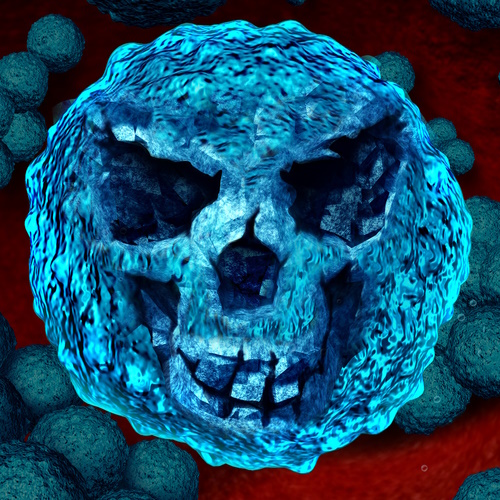Key points from article :
Scientists from the University of Warwick, in collaboration with Monash University in Australia, have discovered a powerful new antibiotic with the potential to fight drug-resistant superbugs such as MRSA. The compound, called pre-methylenomycin C lactone, was found “hiding in plain sight” as part of the natural process that produces the previously known antibiotic methylenomycin A. Remarkably, it is more than 100 times stronger than its parent compound.
The discovery emerged when researchers deleted certain biosynthetic genes in the bacterium Streptomyces coelicolor, which produces methylenomycin A. This revealed two previously unknown intermediate compounds, one of which showed potent antimicrobial activity. Prof Greg Challis, leading the study from Warwick and Monash, noted that no one had previously tested these synthetic intermediates for antibiotic properties, making the finding unexpected and significant.
An encouraging feature of pre-methylenomycin C lactone is that bacteria did not develop resistance to it under conditions where resistance normally arises. Dr Lona Alkhalaf, assistant professor at Warwick, emphasized the surprise of discovering a new antibiotic in such a well-studied bacterium, suggesting that even familiar organisms may still hold untapped potential for antibiotic discovery.
The researchers see this finding as a potential paradigm shift in the search for new antibiotics. The next step will involve pre-clinical testing to evaluate the compound’s effectiveness and safety. If successful, it could become a powerful tool against infections that currently claim more than 1 million lives each year.







